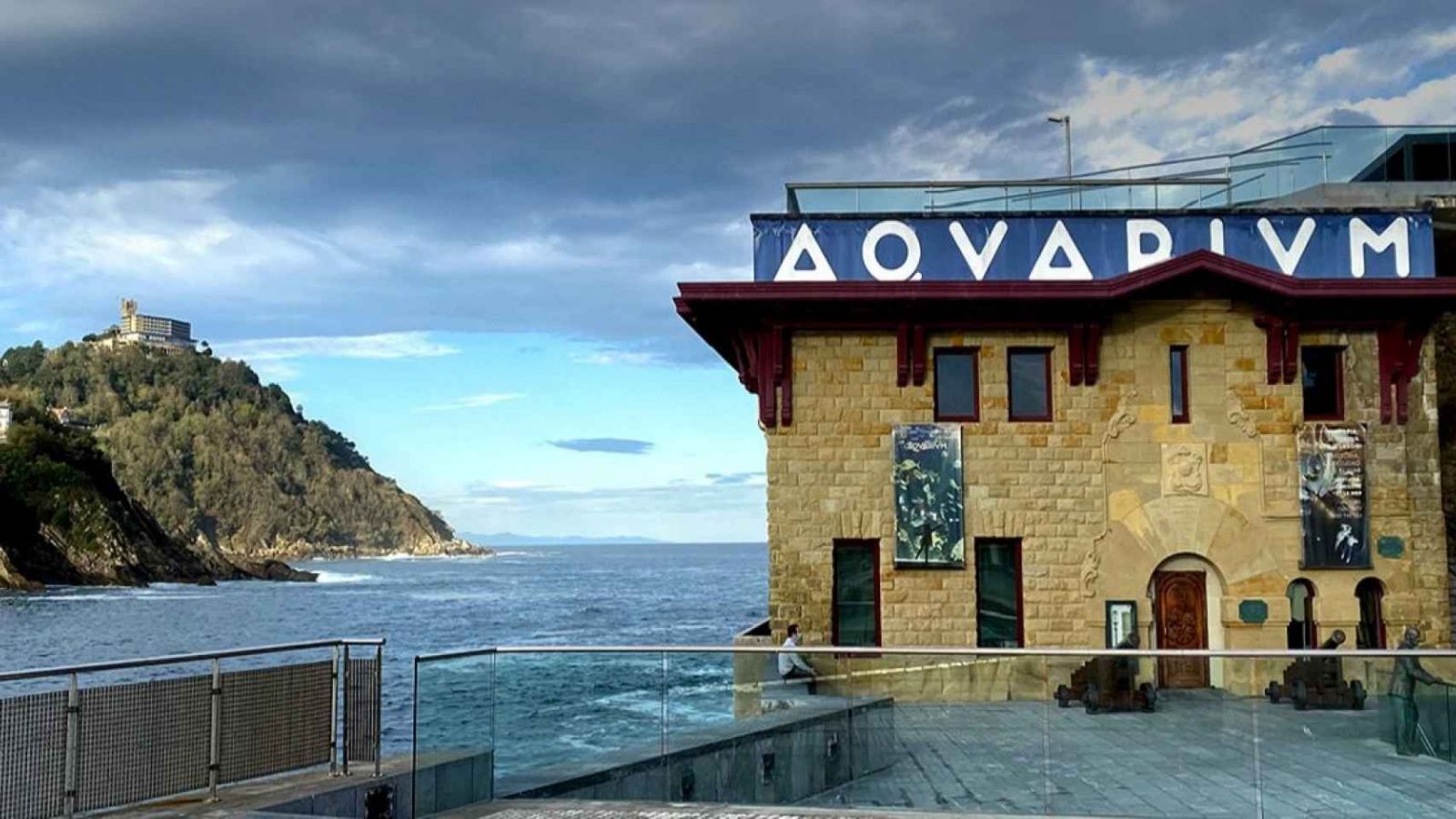Thursday, May 16 2024.
Day 1
08:00-08:50 Registration
08:50-09:00 Welcome
09:00 - 10:00 Keynote Speaker 1, Michael Halassa: "Thalamocortical interactions in cognitive control and flexibility
10:00 – 10:30 Coffee Break
10:30 – 12:30 Symposium 1: "Mutimodal function of the pulvinar in health and disease", Theme Speaker: Melanie Wilke
S1.1 Kristine Krug: Contribution of the primate pulvinar to blindsight
S1.2 Suliann Ben Hamed: Multisensory function of the pulvinar in primates
S1.3 Igor Kagan: Visuomotor functions of the pulvinar nuclei: perturbation and electrophysiological studies in primates
S1.4 Melanie Wilke: Pulvinar contributions to reach and grasp behavior
12:30-14:00 Lunch Break (on your own)
14:00-16:00 Symposium 2: "Circuits for cognition: the higher-order nuclei of the primate thalamus", Theme Speakers: Carmen Cavada/Francisco Clascá
S2.1: Michela Gamberini: Thalamic inputs to the macaque superior parietal lobule: sensory-to-motor loop
S2.2: Francisco Clasca: Input-output motifs in the primate pulvinar complex
S2.3: Carmen Cavada: Neuromodulatory axons in the primate thalamus. Relevance for neurological disease.
16:00-16:30 Coffee Break
16:30 - 18:30 Symposium 3: "Midline nuclei: a thalamic hub for sleep and affective behavior", Theme Speakers: László Acsády / Ferenc Mátyás
S3.1: Henning Fenselau: Paraventricular thalamic gating of hypothalamic feeding signals
S3.2: Jan Gründemann: Cholinergic Modulation of Auditory Thalamus Mediates Associative Learning
S3.3:László Acsády: The role of paraventricular thalamic nucleus in stress induced modification of behaviour
S3.4: Ferenc Mátyás: Thalamo-Cortical principles define the complexity of information flow in the mouse and human amygdala
18:30-19:30 Poster session
P. 1. A mouse lateral posterior nucleus parcellation based on thalamocortical projection motifs
P. 8. Multisensory integration at single cell and local field potential levels in the medial pulvinar
P. 10. Population and single-neuron mapping of anterior thalamic nuclei projections in the mouse.
P. 11. Structural dynamics of human thalamocortical projections across the lifespan
P. 12. TCF7L2 deficiency in the thalamus leads to alterations in social behavior profile
P. 13. Thalamic contributions to working memory manipulation
P. 14. Unique features of layer 5 frontal cortical axons in the thalamus.
20:00 - 22:00 Social Event 1




